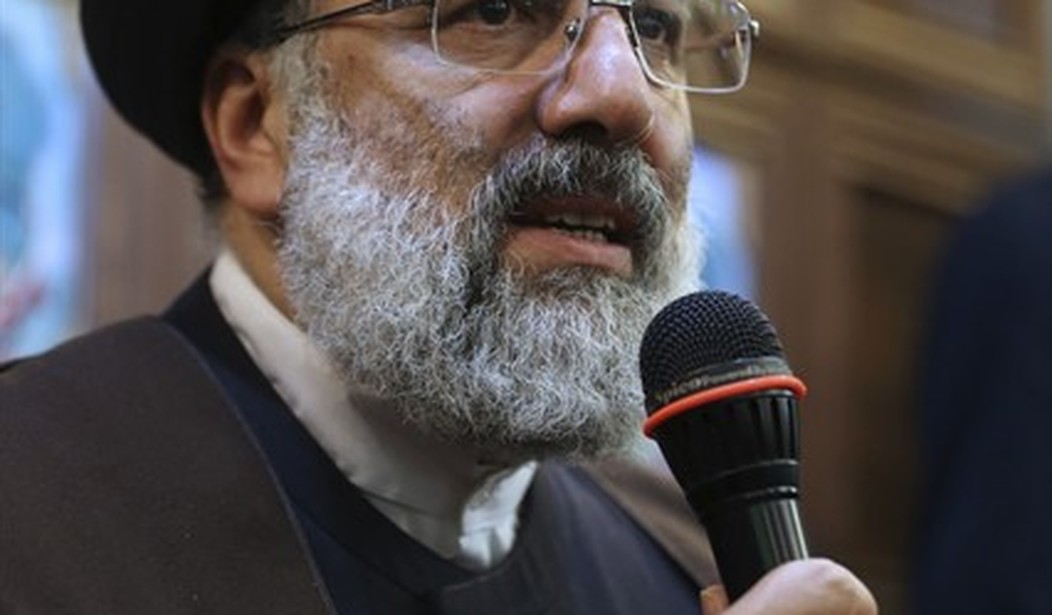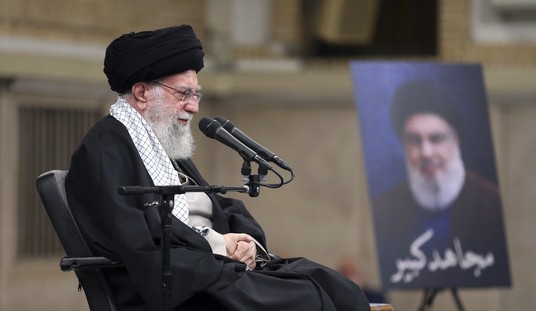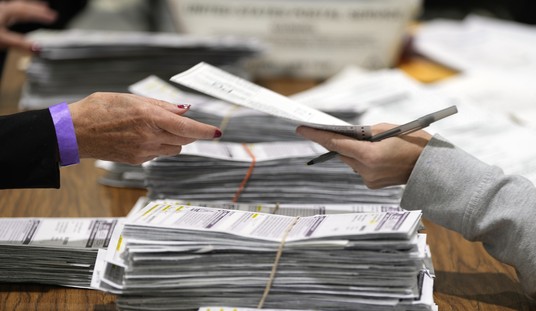In the Islamic Republic of Iran, it is practically inevitable that protests over any given issue will turn into expressions of popular desire for regime change if they continue for long enough, achieve sufficiently broad geographic reach, or are otherwise emboldened. We have seen this several times since the end of 2017 when a protest in the city of Mashhad began with a focus on worsening economic conditions but quickly spread to more than 100 other localities and assumed the provocative, anti-government message that is expressed in slogans like “death to the dictator.”
Those slogans have been repeated in as many as ten nationwide uprisings over the past five years, and in countless smaller-scale protests besides. Economic distress became the key driving factor again in November 2019, when a sudden increase in government-set gasoline prices sparked spontaneous demonstrations in nearly 200 cities and towns. Authorities cracked down with particular ferocity on that movement, killing 1,500 participants in just several days. But new protests emerged in over a dozen provinces only two months later, with participants not only repeating calls for regime change but also taking direct aim at the Islamic Revolutionary Guard Corps, which had been the main perpetrator of the killings.
Last month, the latest uprising emerged not out of economic protests but rather from the funeral of a 22-year-old Kurdish woman who had been killed at the hands of Tehran’s “morality police.” Mahsa Amini fell into a coma on September 13 after being taken away for reeducation because she was deemed to be showing too much hair from beneath her hijab. She died three days later, and although the regime claimed she had merely suffered a heart attack, her body showed signs of abuse and her family insisted that she had been in perfect health.
Ensuing protests naturally demanded accountability for Ms. Amini’s death while also condemning the underlying enforcement of mandatory hijab laws, which has intensified over the past year under the leadership of ultra-hardline President Ebrahim Raisi. It did not take long before the now-familiar chants of “death to the dictator” could be heard in every major Iranian city and in every district of the capital Tehran, including those that had once been considered strongholds of support for the clerical leadership.
Recommended
This weekend marks one full month of demonstrations, and the message of support for regime change has only become more apparent throughout that time. Teenage girls in high school classrooms have lately taken videos of themselves defacing images of Supreme Leader Ali Khamenei and his predecessor Ruhollah Khomeini, the founder of the Islamic Republic. Chants of “death to the dictator” have been accompanied by similar slogans like “we do not want the Islamic Republic” and “death to oppressors, whether the Shah or the Leader (Khamenei).” And these have been endorsed by a broad range of demographic and social groups.
This past week, strikes were organized within Iran’s oil industry with the express purpose of expressing solidarity for the uprising and pressuring security forces to halt their violent repression. So far, that repression has killed more than 400 people according to the intelligence network maintained by the country’s leading pro-democracy opposition group, the People’s Mojahedin Organization of Iran (PMOI/MEK).
That organization has been instrumental in keeping the international community informed about the goings-on inside the Islamic Republic, especially in light of Tehran’s attempts to cut off internet access and isolate Iranian activists from one another and the world. But the MEK has also been instrumental in the demonstrations themselves – not just the current uprising but also each of its predecessors dating back at least to December 2017. The group’s “Resistance Units” have long promoted the cause of regime change in graffiti and public banners, and in the run-up to the current uprising, they also developed tactics of hijacking public address systems and state media broadcasts to take action per their call Khamenei’s ouster.
During the first of the recent uprisings, the supreme leader himself was compelled to acknowledge that the MEK had played a lead role in organizing the constituent demonstrations. The regime’s fear of that organizing has persisted through the ensuing five years, and that fear has proven to be justified in the context of the current uprising, which has seen ordinary civilians meeting well-armed suppressive forces head-on, wielding only bare hands and stones.
There are growing reports that some of those security forces are now defying direct orders to fire upon their fellow Iranians and to avoid “unnecessary sympathy,” in the words of the regime’s judiciary chief. And these reports come in the wake of much speculation that the authorities have been spread too thin to mount an effective counter-offensive against the protesters. The presence of vast numbers of female activists has no doubt contributed to that situation, and with oil workers now threatening an already fragile economy, it should be increasingly difficult for foreign observers to deny that this uprising could lead to a new revolution and the long-sought transition away from the clerical rule and toward the true democracy that most Iranians have supported since the days of the shah.
For their part, Western democracies should go beyond statements of condemnation and impose sanctions on this or that official of the regime, which although necessary, is not sufficient. They should publicly recognize the right of the Iranian people to defend themselves by any means available and to overthrow the ruling theocracy.

























Join the conversation as a VIP Member